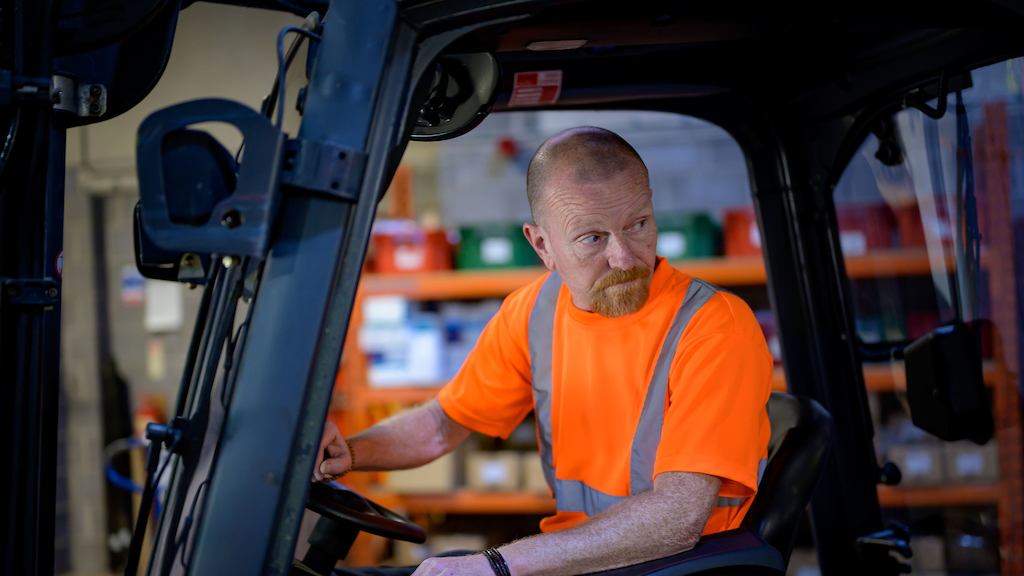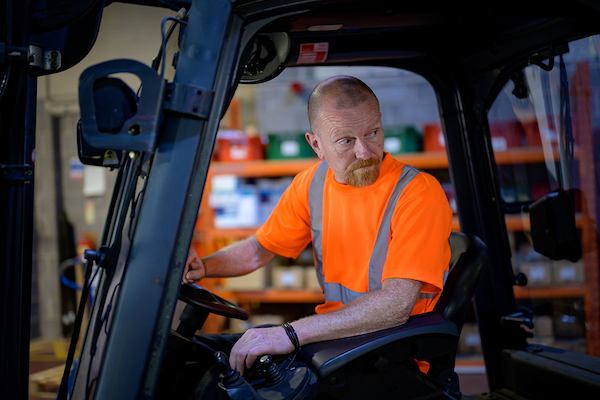Employers in construction could avoid older workers leaving a job earlier (due to health needs and/or commitments to elderly parents) if employees were more aware of the benefits they could be entitled to around reasonable adjustments or working in a more flexible way. This might not always seem realistic when considering ‘site’ working, but surely this is more effective than having to find replacements? Additionally, employers should consider how they are recruiting for jobs and where ageism may have crept in, the language and images used often sending sub-conscious messages that this job is not for people over 50.
In our social spaces and how we interact with each other is another place where ageism exists. For example, in 2022 a 69-year-old plumbing and heating engineer who colleagues called ‘Half-dead Dave’ was awarded almost £25,000 in compensation for age-related discrimination and unfair dismissal at an employment tribunal. While this is at the extreme end of workplace ageism, it does highlight how the value and importance of older workers can be overlooked which holds back employers as much as it does 50+ workers.
Ageism in construction will often not be a stand-alone form of discrimination but sit alongside other protected characteristics such as gender and ethnicity. Strong leadership, experienced managers, clearly understood policies and inclusive communication, all go a long way in shaping inclusive cultures.
Evidence clearly shows that the presence of older workers in an organisation delivers many positives. Multigenerational workforces drive productivity and innovation; recruitment and retention of older workers helps to meet skills and labour shortages. Let alone the skill transfer that can take place between experienced workers working alongside less experienced colleagues.
One of the ways that employers within the construction sector can fully realise the potential of older workers is by signing the Age-friendly Employer Pledge, a nationwide programme for employers who recognise the importance and value of older workers and commit to taking one action a year to improve work for people in their 50s and 60s.















